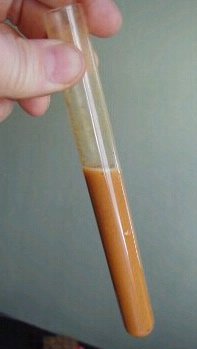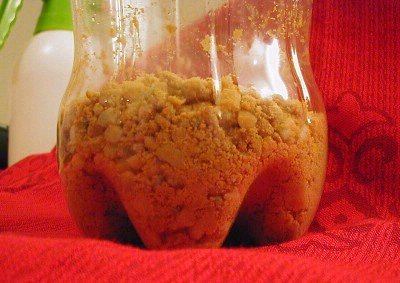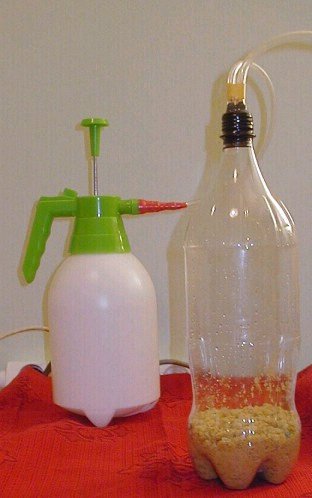Ok.
Some last wishes before I gonna kill myself/go to jail/get lynched by my neighbors ?




| Quote: |


| Quote: |




| Quote: |

 !!mega-nostaligia!!
!!mega-nostaligia!!

| Quote: |

 !Happy huniting!
!Happy huniting!
| Quote: |

| Quote: |

| Quote: |


 )
)| Quote: |








| Quote: |

| Quote: |


| Quote: |



| Quote: |
 I said I was cleaning the bathroom
I said I was cleaning the bathroom 
| Quote: |
| Code: |
| Code: |
| Code: |
| Code: |

| Quote: |
 . You could use anhydrous CaSO4 or CaCl2.
. You could use anhydrous CaSO4 or CaCl2.| Quote: |






